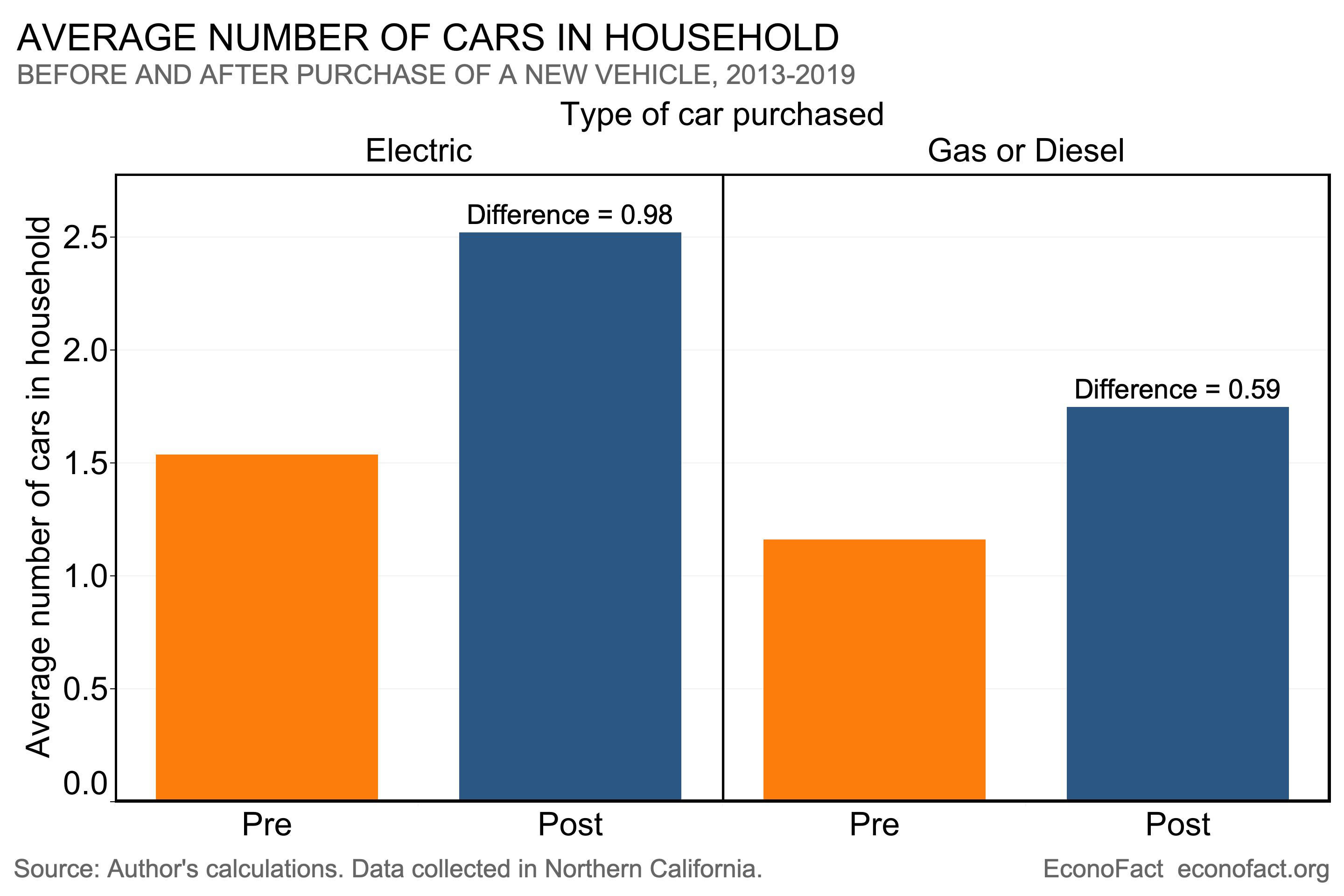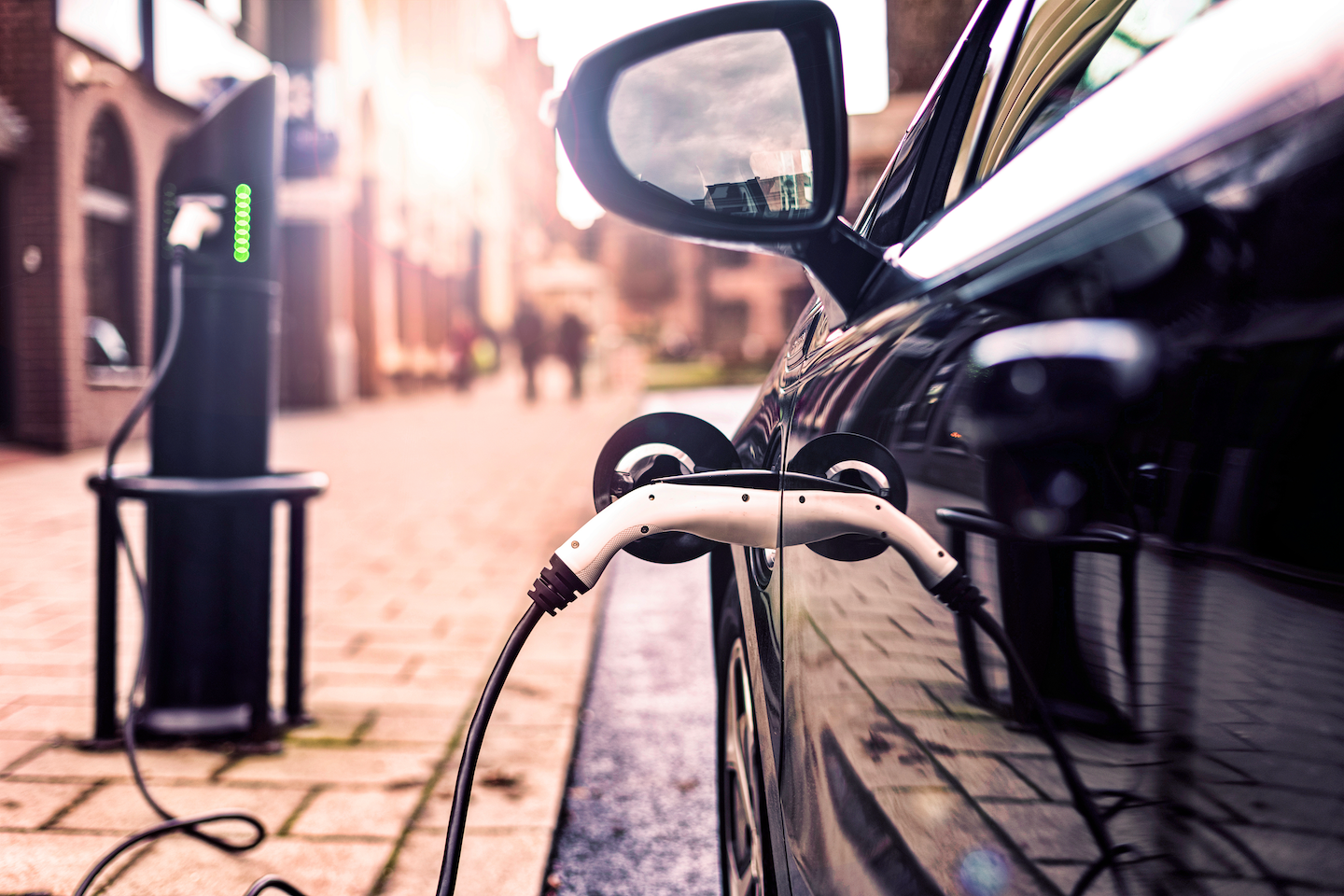Is It Time to Go “All In” on Electric Vehicles?
University of California, Davis
The Issue:
There is a growing consensus that electric vehicles (EVs) are the way to achieve steep transportation emissions reductions. As of late 2020, 17 national governments worldwide have declared an intention to phase out gasoline passenger cars altogether, and ten U.S. states have articulated a similar goal. The Biden-Harris administration is seeking $174 billion in federal government support to build EV charging infrastructure and increase consumer EV adoption. It also seeks to bolster domestic production of inputs along the EV supply chain — particularly advanced batteries. This plan amounts to what may be the largest government intervention in U.S. industrial history. However, in 2019 only 2 percent of vehicles sold in the U.S. were electric. We still have a lot to learn about the ability of electric vehicles to meet our transportation and climate needs, and there are risks in moving to artificially inflate EV demand while uncertainties remain about the ultimate climate benefits.
Driving a mile in an electric vehicle can be worse for the climate in cold weather locations where coal is the marginal source of electricity generation.
The Facts:
- The pollution footprint of electric vehicles is determined by how the electricity that powers them is generated. In the U.S., 60% of electricity production is from burning fossil fuels (compared to 58% globally). Moreover, coal and gas generation are likely to be “on the margin” in most of the U.S. — that is, when an electric vehicle is plugged in, coal and gas are the primary fuel sources generating that charge. This is particularly damaging when it’s coal since the resultant pollutants like sulfur dioxide seriously impact the health of communities downwind of the power plants. In some cases, the health damages associated with electricity generation far outweigh the health benefits of reducing tailpipe emissions. The grid is getting cleaner, shrinking the pollution gap, but those changes take time. Fortunately, so far, most EV adoption has happened where the grid is relatively clean (e.g., California).
- Charging an electric vehicle in colder environments can emit more CO2 than driving an equivalent gasoline car. Scientists have known for years that ambient temperature can dramatically affect the battery range of electric vehicles. One main reason is that battery charging is less efficient in cold temperatures, with energy losses between 15-20% at 19°F. Furthermore, EV heating and cooling is drawn from the same battery as EV propulsion, so when the temperature is cold, the battery range can be reduced by as much as 25 to 60 percent. In places like Minneapolis, where winters are cold and coal is the marginal source of electricity generation, driving a mile in an electric vehicle can be worse for the climate than driving a gasoline car.
- The transition to a renewable electricity grid is still in its early stages, and barriers remain. While some consider a transition to 100% renewables within reach, others point to the technological advancements still required. As widespread power outages in California in 2020 and Texas in 2021 demonstrate, maintaining a reliable electricity grid is already a challenge. Making the grid cleaner requires shifting away from coal, but some steady sources of electricity remain necessary since wind and solar power produce electricity only when nature allows. Achieving 50% or 75% renewables would dramatically improve the emissions footprint of electric vehicles while still allowing natural gas to be used as a steady “bridge” fuel. But under that scenario, electric vehicles still generate emissions. Large-scale electricity storage is necessary to complete the transition to a zero-emissions grid, and it’s not yet economically viable at the required scale.
- New electric vehicles do not necessarily replace driving in gasoline-powered cars. Electric vehicles offer emissions benefits if (and only if) they reduce driving in dirtier cars. New research by myself and my co-authors shows that electric vehicles in Northern California charge at home less than half as much as regulators anticipated. Those electric vehicles are likely driven substantially less than gasoline cars, but there is room for debate, and more direct measurements of EV odometers and away-from-home charging are needed to be sure. We also find that, on average, households do not give up their gasoline car when they purchase an electric vehicle — the EV is an “extra” car 98 percent of the time. In contrast, when households buy a gasoline car, it replaces another car in four out of ten cases (see chart). If miles driven in electric vehicles are not displacing gasoline miles, that matters for carbon reduction.

- Subsidizing electric vehicles creates unintended consequences that harm the environment. An optimal policy would reduce the number of cars on the road; EV subsidies do the opposite by making electric vehicles cheaper while leaving the price of gasoline cars the same. In areas where electricity is generated from fossil fuels, EV subsidies send the wrong signal: “Here’s $7500 to buy a car that you should feel free to charge using cheap coal electricity.” Drivers respond to these signals, both in terms of the cars they buy and the amount they drive. If the overall goal is to reduce pollution, EV subsidies are not the best way forward.
- Subsidizing EV charging infrastructure may or may not encourage EV adoption. EV purchase subsidies are expensive, so policymakers hope that subsidizing charging infrastructure will also accelerate the transition to electric vehicles. While this strategy may work, we have yet to see the evidence. Attempts to estimate the effect of charging infrastructure on EV adoption are fraught with a challenging “chicken and egg” problem. Are charging stations built in areas with lots of electric vehicles? Or do people buy electric vehicles because there’s a dense network of nearby charging stations? Reputable researchers have attempted to answer this question (here and here); however, they are forced to rely on strong assumptions to reach their conclusions. Near-term EV infrastructure investments should be formulated in a way that allows researchers to tease out this causal link.
- Increasing the cost of polluting is the best policy for reducing excess emissions. Economists overwhelmingly support putting a price on carbon. When the price of polluting is higher, it pushes consumers and firms to find cleaner alternatives — including alternatives that don’t exist yet in the market. In the context of transportation, a carbon tax would make it more expensive to buy and drive gasoline cars and to charge electric vehicles in cold climates powered by coal. The end result is fewer cars on the road that are powered by polluting energy sources. In short, the “right” carbon price produces incentives that align private decisions with environmental protection. (And as an added benefit, carbon taxes can be progressive and enhance environmental justice.)
- Norway offers an example of EV policy that generates emissions reductions. First, increasing purchases and use of electric vehicles in Norway means reduced emissions because they draw electricity from the country’s grid that is 98% renewable (mostly hydroelectric). Second, the centerpiece of Norwegian policy is to make gasoline cars more expensive. Gasoline cars are subject to a carbon tax, weight tax, and 25% sales tax. These can add up to a roughly 50% tax rate, while EVs are completely exempt. There are plenty of soft incentives as well, from cheaper parking to reduced tolls and access to public transit lanes. Is this replicable? In some ways, perhaps. But most countries (including the U.S.) lag far behind Norway in their financial disincentives for gasoline cars and do not have the ready access to clean energy that Norway enjoys.
What this Means:
Electric vehicles will likely be a large part of the transportation future, and to the extent that they produce inexpensive carbon reduction, we should move in their direction. But the EV transition is far from risk-free, and there are many important and unanswered questions about how hard and how fast to push. How quickly will we transition to clean electricity (and, by extension, reduce the carbon footprint of electric vehicles)? How quickly will batteries improve? How desirable will EVs be to the average consumer? What’s the appropriate number of EV charging stations, and where should they be located? What alternative methods of carbon reduction exist or will exist in the future? Because there are no clear and decisive answers to most of these questions, climate-motivated governments should prioritize more proven alternatives to addressing carbon abatement — foremost among them, a substantial price on carbon.
Like what you’re reading? Subscribe to EconoFact Premium for exclusive additional content, and invitations to Q&A’s with leading economists.

